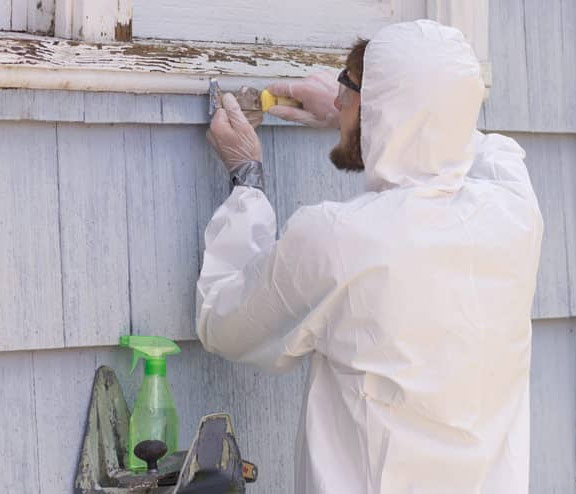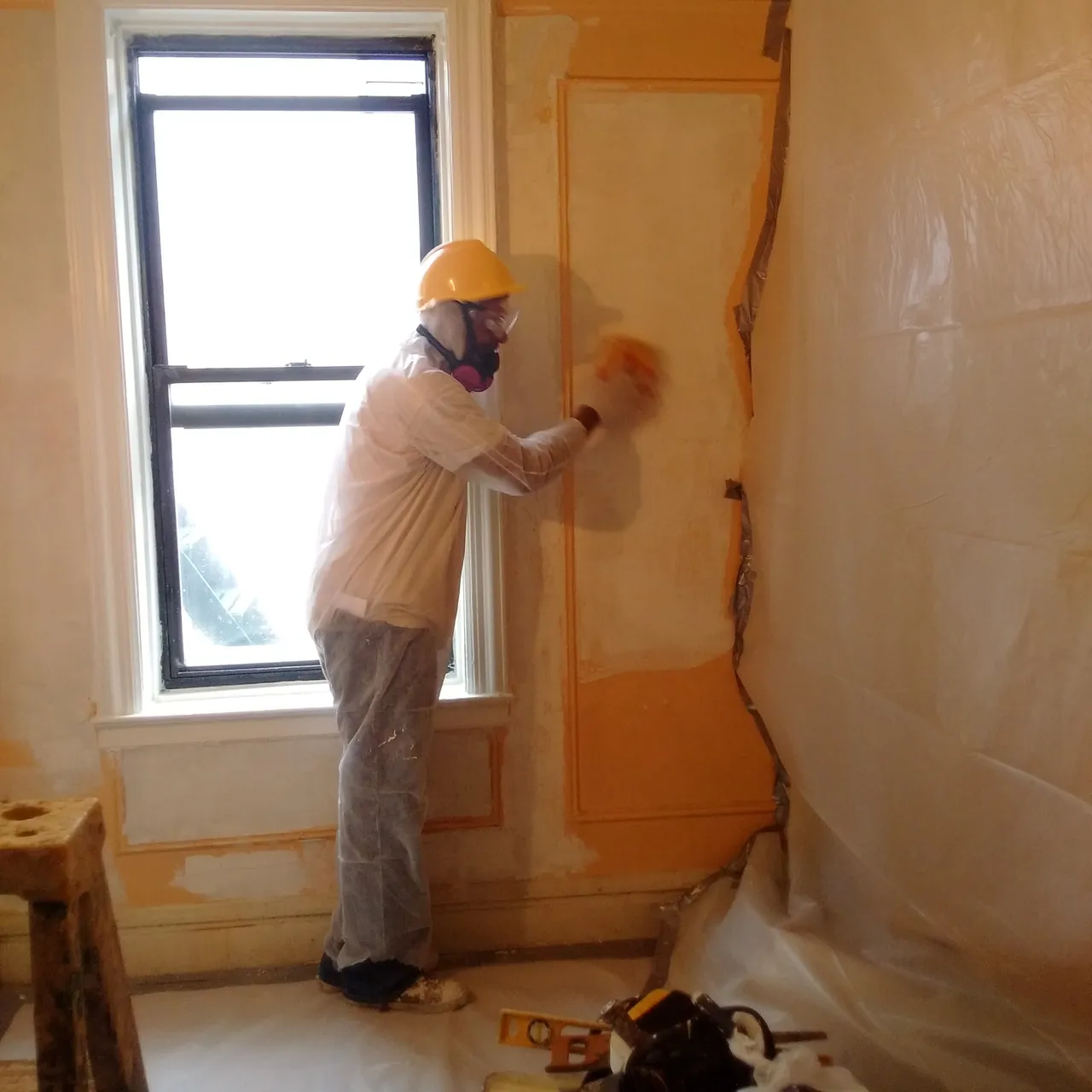Expert Lead Violation Removal in NYC-- Guard Against Wellness Hazards
Expert Lead Violation Removal in NYC-- Guard Against Wellness Hazards
Blog Article
Ideal Practices for Making Sure Safe and Detailed Lead Offense Abatement
Addressing lead violation abatement needs a multi-faceted technique to guarantee both safety and conformity. It's the final clearance process, entailing complete examinations and laboratory testing, that genuinely validates a lead-free atmosphere, guaranteeing lasting safety and security. How do these methods interconnect to assure comprehensive lead reduction?

Preliminary Evaluation
Performing a preliminary evaluation is a crucial very first step in lead violation reduction. This phase incorporates a comprehensive analysis of the residential or commercial property to determine the presence, extent, and certain locations of lead-based threats. Certified specialists, such as qualified lead inspectors or run the risk of assessors, should execute an extensive website evaluation, utilizing tools like X-ray fluorescence (XRF) analyzers to accurately spot and determine lead focus in paint, dust, dirt, and water.
The evaluation must additionally include an evaluation of the building's background, previous reports, and any kind of grievances or health and wellness problems reported by residents - Lead Removal Contractors. Recording the searchings for carefully is necessary, as these documents develop the basis for developing a reliable abatement method. A comprehensive evaluation likewise includes sampling and laboratory analysis, which are important to confirm the existence of lead and guide succeeding actions
Moreover, it is essential to communicate the outcomes transparently to all stakeholders, including homeowner, tenants, and regulatory authorities. By making sure that the preliminary assessment is conducted with accuracy and roughness, experts can lay a solid structure for a targeted and efficient lead abatement process, eventually securing public health and wellness and making certain conformity with governing criteria.
Correct Containment
Appropriate control is important to avoid the spread of lead impurities during reduction activities. Efficiently managing control reduces the threat of lead dirt and debris migrating to non-work areas, therefore guarding both the environment and people outside the prompt job area. To accomplish appropriate containment, a closed barrier of plastic bed linen must be established around the job area, making certain all seams and edges are safely secured. Lead Removal Contractors. This barrier needs to expand from floor to ceiling and be taped to stop any leaks.

Routine examinations of the control area are required to check for violations or weaknesses in the obstacle. Any type of recognized concerns should be immediately addressed to preserve the honesty of the containment. By adhering to these methods, reduction tasks can effectively control lead contamination and mitigate associated health dangers.
Worker Defense
Ensuring worker security is extremely important throughout lead abatement projects to avoid job-related exposure to harmful lead particles. Crucial procedures consist of the use of individual protective devices (PPE) such as respirators, gloves, and full-body matches specifically created to block lead dirt and fumes. Employees must go through detailed training on the right usage and upkeep of PPE, consisting of fit screening for respirators to make certain optimum effectiveness.
Engineering controls, such as local exhaust air flow systems, are crucial in lessening air-borne lead focus in the workplace. Administrative controls ought to also be executed, including limiting the duration of direct exposure and rotating employees to lower private exposure times. Normal clinical monitoring and biological monitoring are indispensable for early detection of lead absorption, allowing timely intervention and therapy.
Furthermore, developing a decontamination protocol is crucial. Employees must follow strict purification procedures prior to breaks and at the end of their change to avoid lead dirt from being carried outside the job location. This includes complete hand and face washing with lead-specific cleaner and altering out of infected apparel.
Careful Clean-up
Preserving a risk-free workplace prolongs past worker security and encompasses meticulous clean-up to make certain lead particles are completely eliminated from the website. The procedure of careful cleaning is important in preventing the recontamination of the eased off area and securing both existing and future occupants.
To accomplish a detailed clean-up, all job locations must be methodically sanitized. This involves making use of specialized HEPA (High-Efficiency browse around these guys Particulate Air) vacuum and content wet-wiping techniques to record and remove fine lead dust that might have cleared up on surfaces. It is important to clean up all horizontal surfaces, including floors, window sills, and counter tops, as well as vertical surfaces that may have entraped lead bits.
Workers need to use appropriate individual safety equipment (PPE) during clean-up to stay clear of exposure to residual lead dirt. Used cleansing materials such as wipes, sponges, and mop heads should be disposed of according to harmful waste disposal guidelines.

Last Clearance
Last clearance is the crucial concluding phase of lead abatement that figures out whether the site is safe for reoccupation. This important action entails extensive inspection and screening to verify that all lead dangers have been effectively gotten rid of.

Last clearance screening not just secures future residents however additionally makes sure conformity with regional, state, and federal guidelines. Furthermore, it acts as a documented recognition of the reduction professional's adherence to market ideal practices. Making sure a detailed and effective last clearance is vital in guarding public health and wellness and cultivating rely on the reduction procedure.
Verdict
Making sure secure and detailed lead violation abatement requires a complex approach incorporating first analyses with advanced detection approaches, effective containment methods, stringent worker defense protocols, and thorough read review cleaning treatments. The final clearance stage, featuring detailed inspections and lab testing, is crucial to validate compliance with EPA criteria. Adherence to these ideal methods guarantees a risk-free setting for passengers, reduces health threats, and promotes regulative demands, thus promoting public health and wellness and security in lead-affected locations.
Report this page